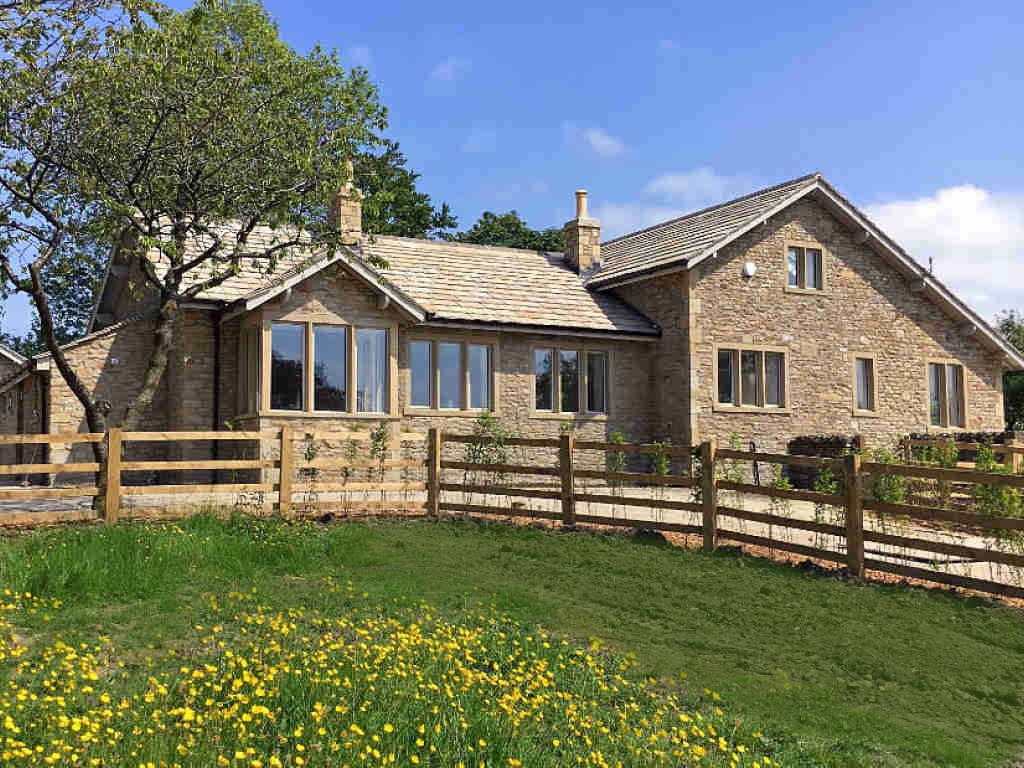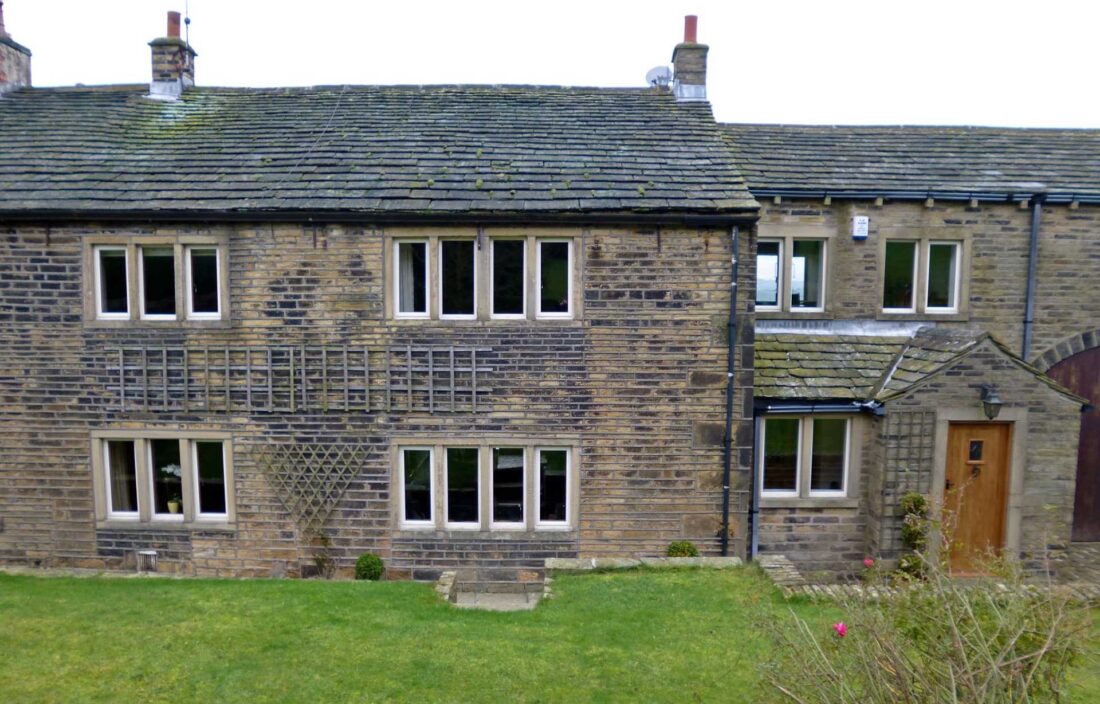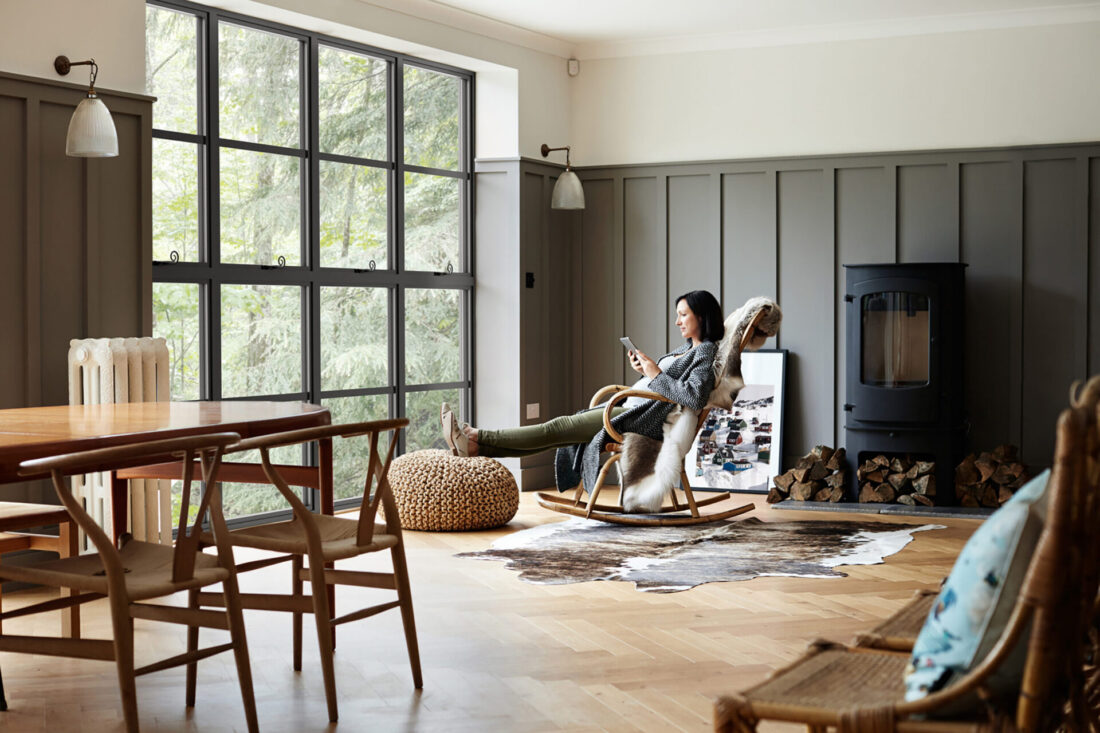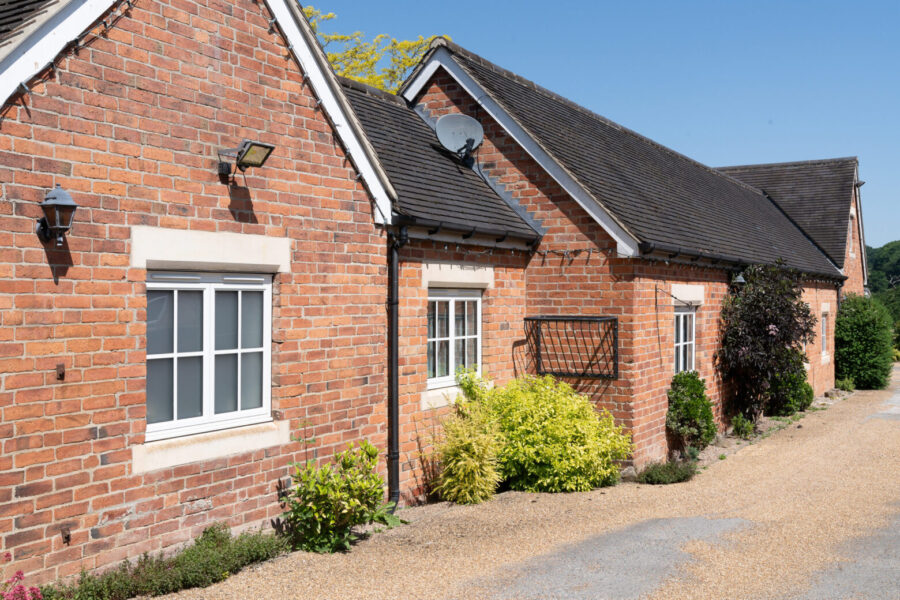Energy Efficient Heritage Windows for Listed & conservation area buildings – Buyers Guide
Super slim framed Aluminium Alitherm Heritage Windows and Doors comply with the new Building Regulations (Document L – June 2022) and have been designed to mirror the thin framed steel and timber frames of the past.
Combined with Low-E Glass, double glazed units create super energy efficient windows and doors that comply with and are the most likely windows and doors to be approved by local listed building and conservation area planning officers.
HOW TO GET NEW ENERGY EFFICIENT WINDOWS AND DOORS APPROVED FOR LISTED BUILDINGS AND CONSERVATION AREA HOMES.
Many planning officers have agreed to the use of Heritage style energy efficient aluminium windows and doors but to give yourself the best chance of approval being granted the following information may help.
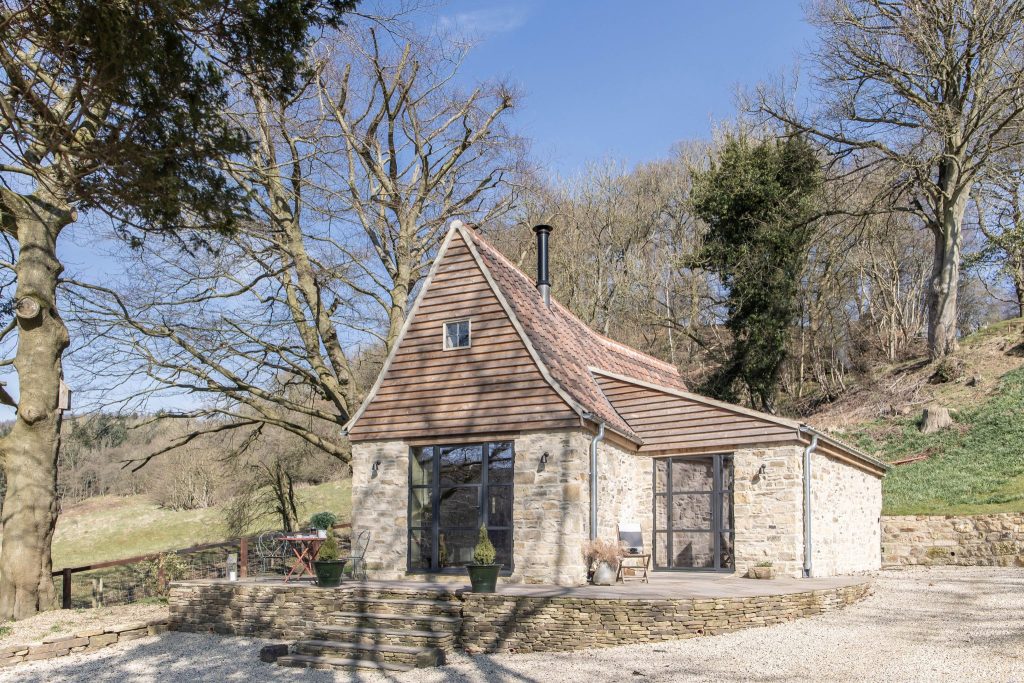

Historic England say
Repair rather than replace where possible, however, the historical significance of the window or door is also a major determining factor.
Regarding energy efficiency they will in the first instance look to see if energy saving measures such as draught proofing have been considered.
They will also want to consider window and door replacement as part of the whole buildings approach to energy efficiency and the whole-life carbon cost of replacement. They specifically mention the potentially high carbon cost of uPVC (even though it can be recycled). Aluminium however, is more likely to gain approval as it is material whose production has minimal long term impact to the environment, is sustainable in terms of hundreds of years and endlessly recyclable resulting in a much lower carbon cost.
If you have any questions please CALL 01535 603909
For Example
A whole building approach might consider that currently your draughty windows might provide the buildings necessary ventilation and without this the fabric of the building may be adversely affected perhaps due to a drier atmosphere.
Include this consideration where energy savings, efficiency and environmental impact are key components of your application. If you have mitigated any impact on the historical building fabric then your application is more likely to succeed. “Proposals for energy-saving measures are more likely to be acceptable if they are designed with the knowledge and understanding of the building’s significance.” say Historic England.
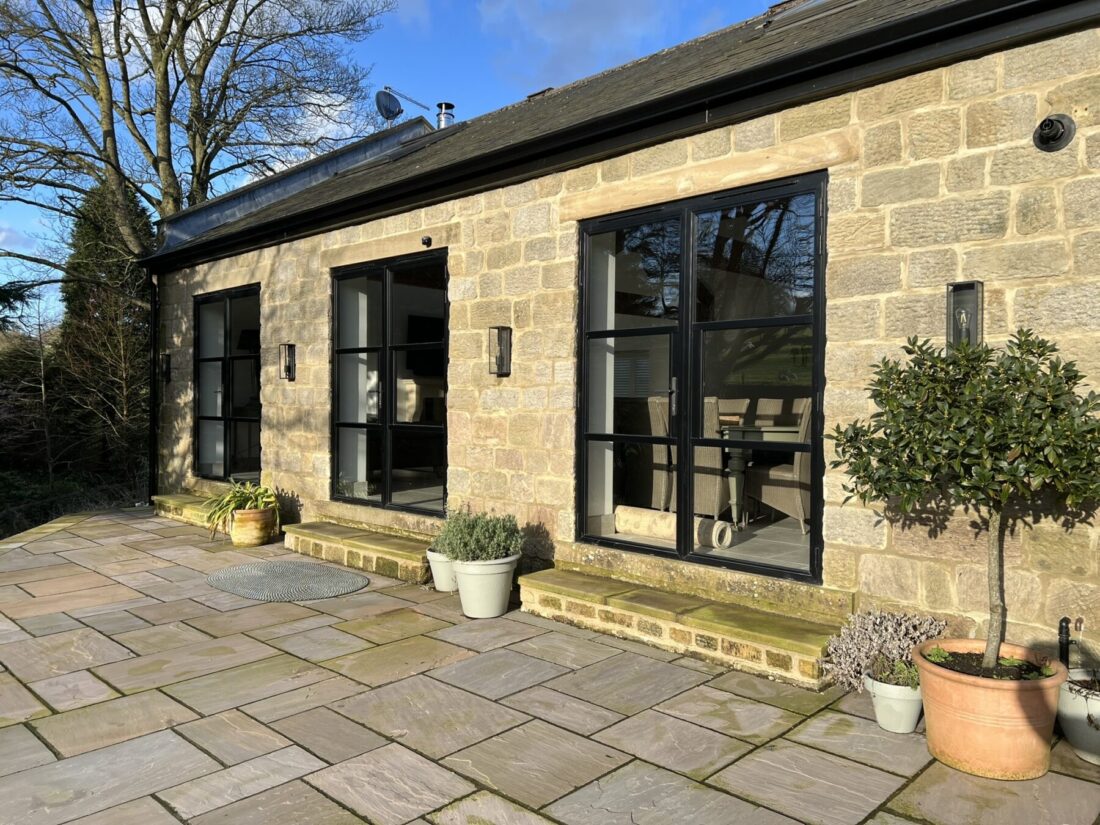
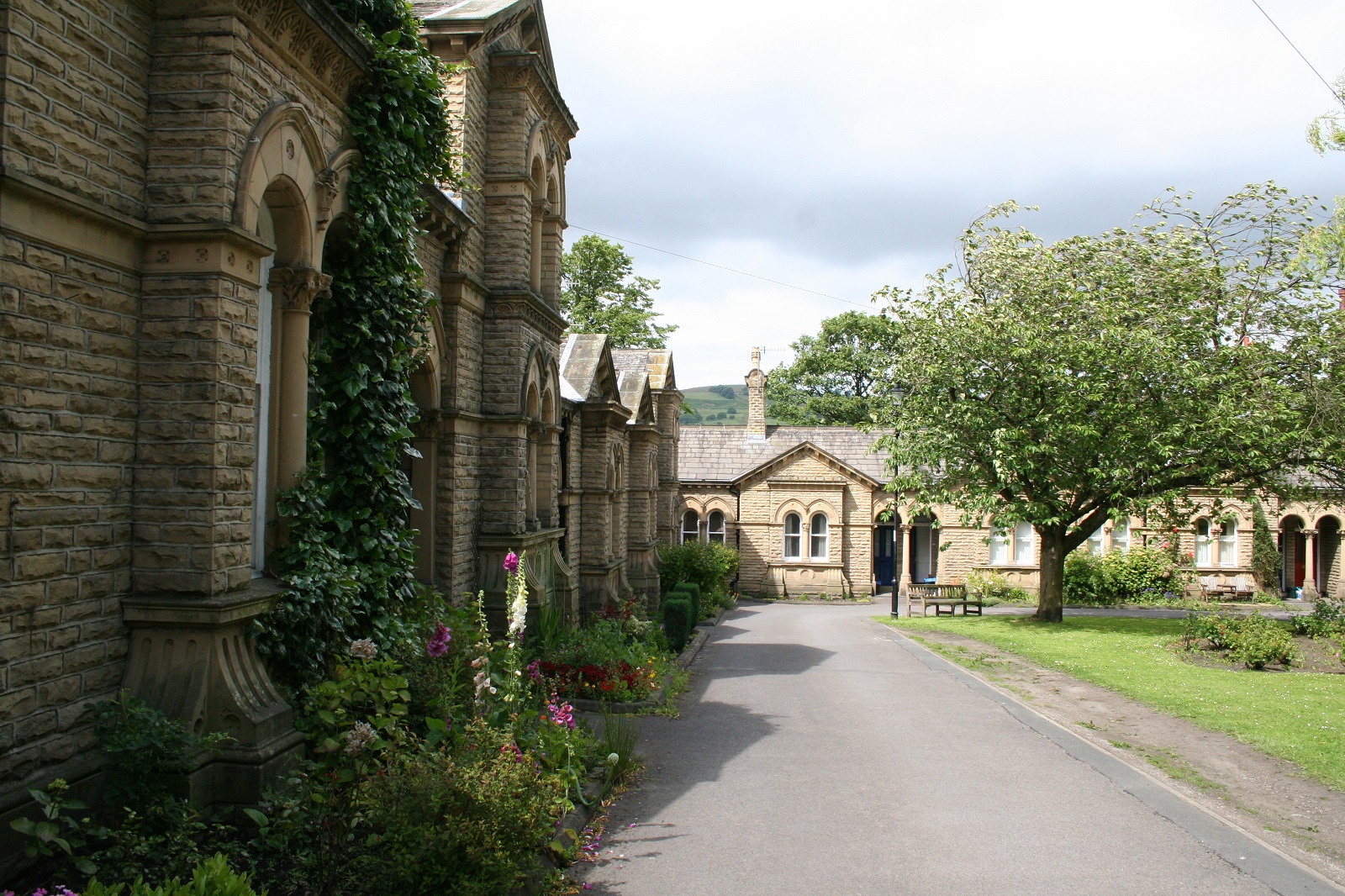
Also Consider
Part of your listed building may have a different level of historic significance than the rest. So for example if warmer living areas are your goal then identifying this part alone for replacement windows may be more successful than for the whole building if say the living areas are less prominent and so deemed a lower historical significance. Once approval is granted you may be able to seek approval for other more significant areas.
Early engagement with planning officers and where necessary experts in determining historical significance is advised prior to engaging in any replacement proposals. A technician can advise if windows are beyond repair.
Low-E Glass
Working collaboratively to achieve the best outcome for the building as well as yourselves is often the best way forward. Combined with Low-E Glass, double glazed units create super energy efficient windows and doors that comply with and are the most likely windows and doors to be approved by local listed building and conservation area planning officers.
What is Low E Glass? Low-emissivity (low-e) glass is a type of energy-efficient glass that has a microscopic coating designed to reduce heat transfer, helping to keep a building warmer in the winter and cooler in the summer. This coating, often made of silver or other metals, reflects heat back into the room, minimizing heat loss through windows.
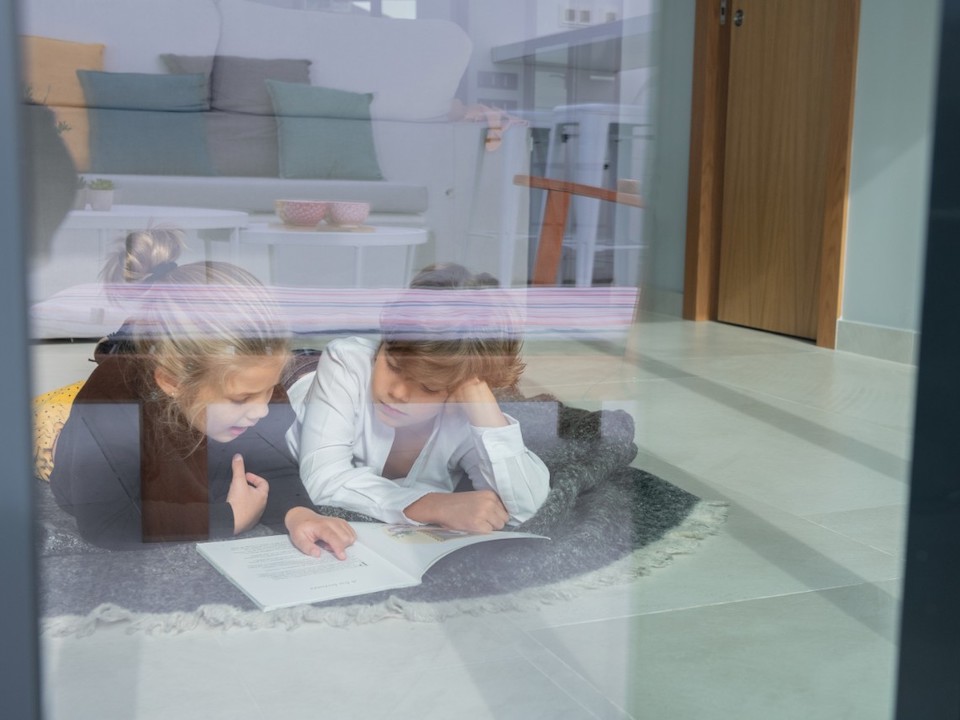
I’d wholeheartedly recommend Marlin Windows. We ordered Steel Replacement French Patio doors and Windows. They are absolutely beautiful. And they were an absolute pleasure to deal with. Thanks Marlin!
Myar Craig-Brown
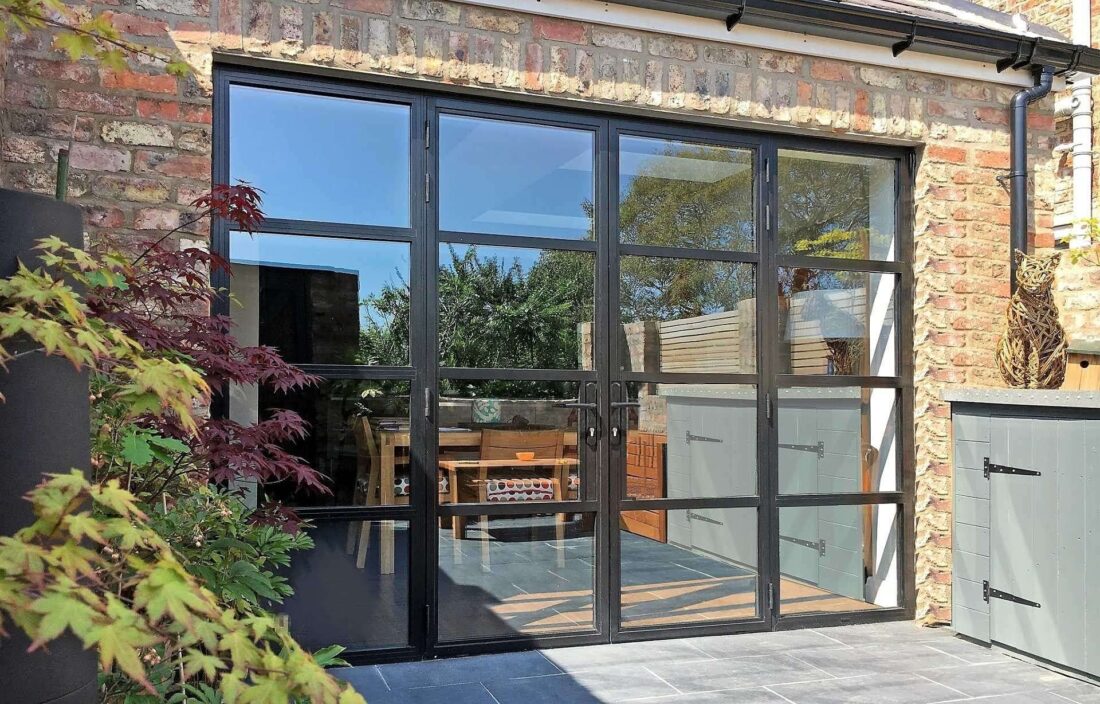
Contact Us
If you would like to contact us before or during engaging with planning officers we will be happy to help give you an idea of what is possible if new or replacement windows or doors are approved and provide a free frame sample to assist your application.
Our Classic Hertage product can acheive WER Rating as low as 1.4 U W/(m²K) Double glazed A WER –1.1 U W/(m²K) Triple glazed* A+ WER (*Only available in certain styles)
Our Alitherm Heritage product acheives Window Energy Rating ‘B’ – U Value 1.4 W/m2K (using sealed unit 0.9 W/m2K)
CALL 01535 603909
Latest projects
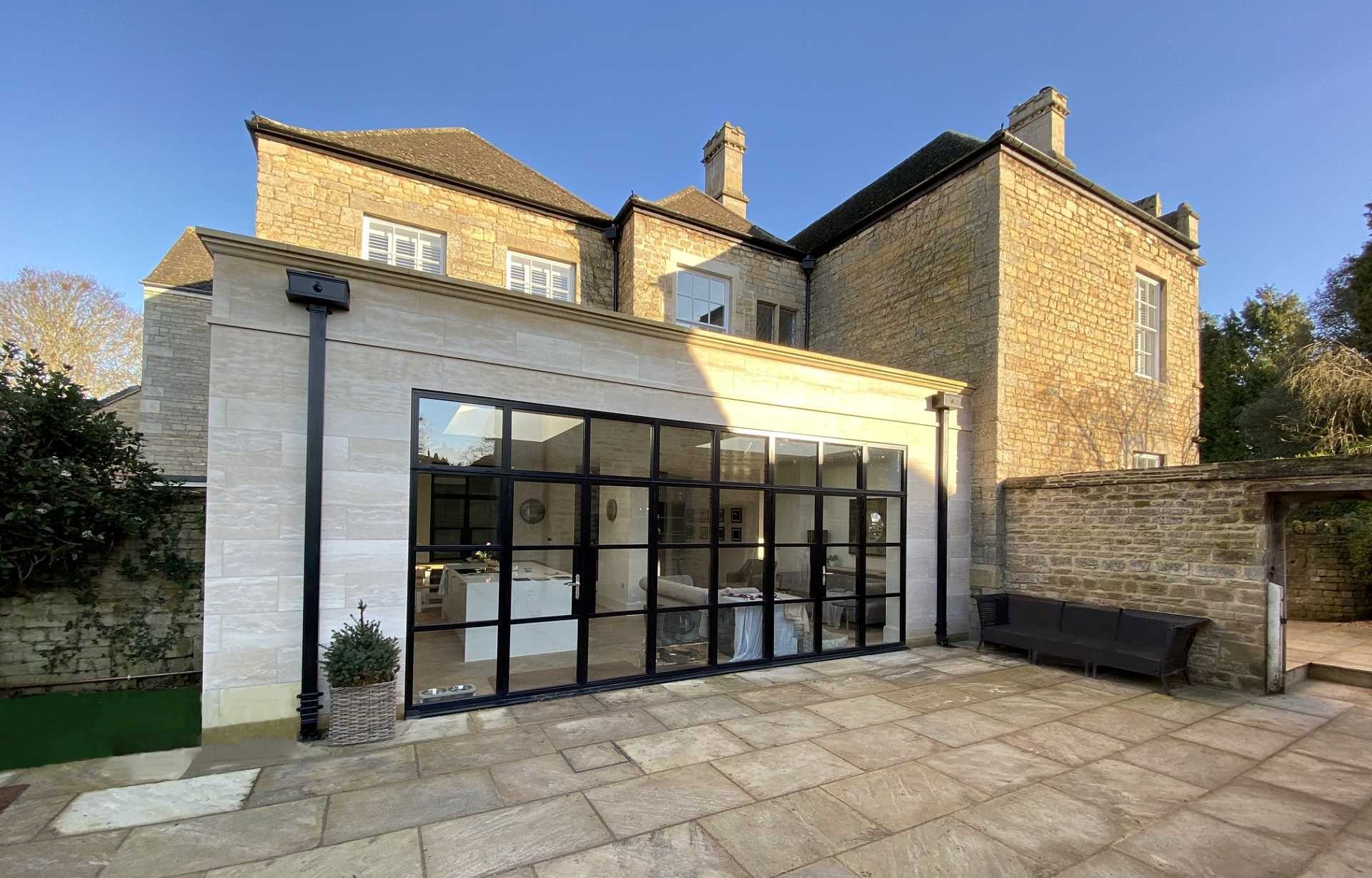
HERITAGE DOORS
Heritage Glazing – Grade II Listed Kingsley House Stamford
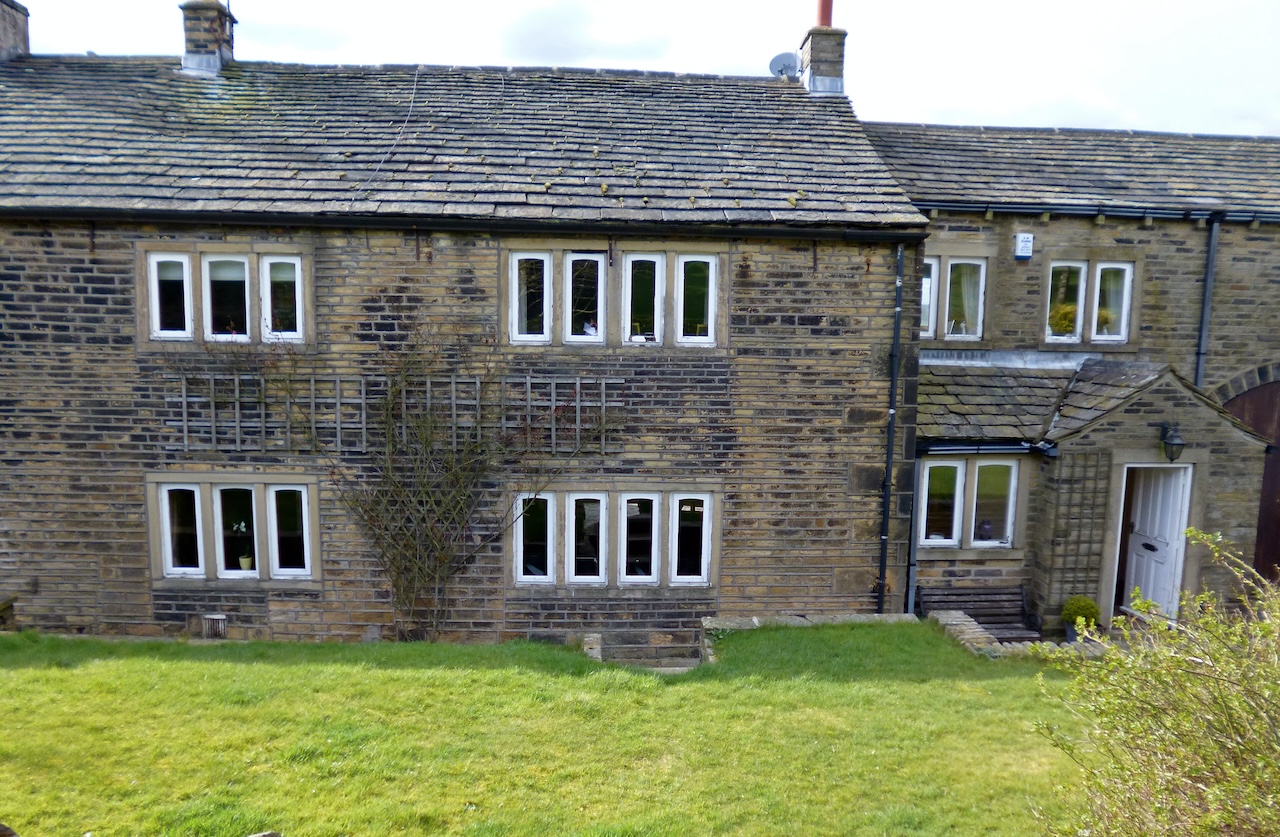
STEEL REPLACEMENT WINDOWS
Grade II Listed Farmhouse – Halifax

HERITAGE DOORS
Mousehole Cottage, Oldstead, North York Moors
Frequently Asked Questions
If you require any support, please don’t hesitate to review our FAQ’s below or drop us a message on our contact form here
How slim is the Heritage frame?
The Alitherm Heritage outerframe has a sight line of 33mm.
The Classic Heritage outerframe has a sight line of 35.5mm.
Is the Heritage system suitable for listed buildings?
The Heritage slim systems have already been approved for listed building projects by many councils including:
London Boroughs of Islington, Camden and Tower Hamlets, Watford Borough Council, Essex County Council and Leeds City Council as well as Cadw, the Welsh Government’s historic environment service.
What thermal rating does the Heritage system achieve?
Window Energy Rating ‘B’ – U Value 1.4 W/m2K (using sealed unit 0.9 W/m2K)
Come and explore…
Aluminium Bi-fold Doors, Sliding Doors, Contemporary Glazing, Aluminium Heritage Windows and Traditional Steel Replacement Doors
